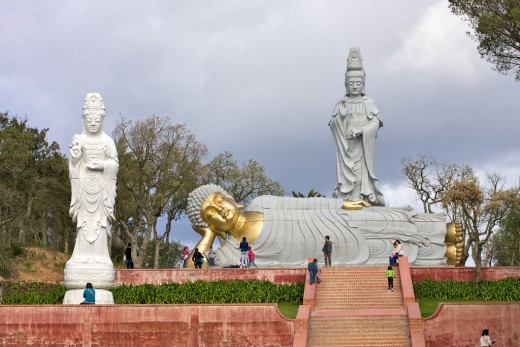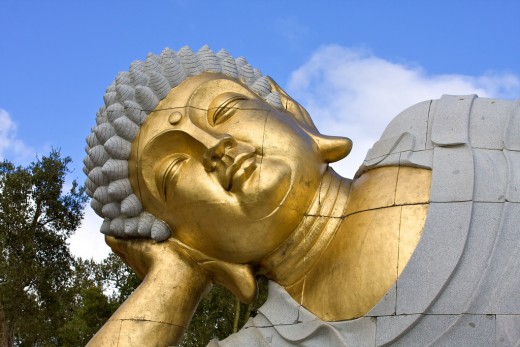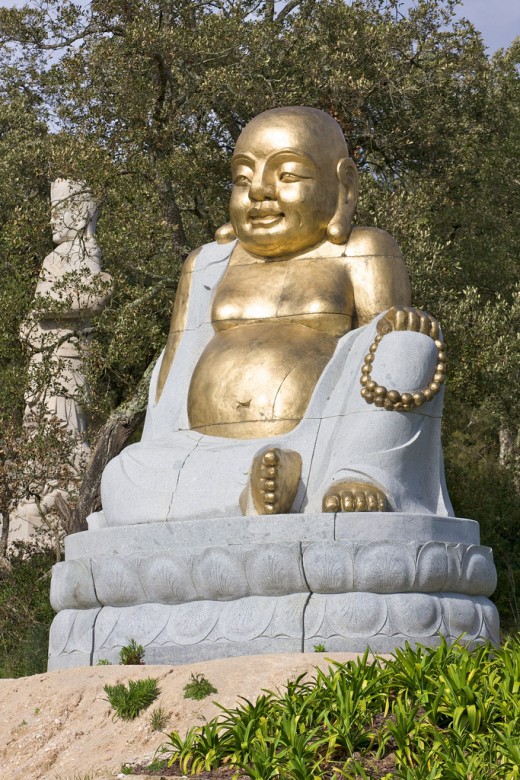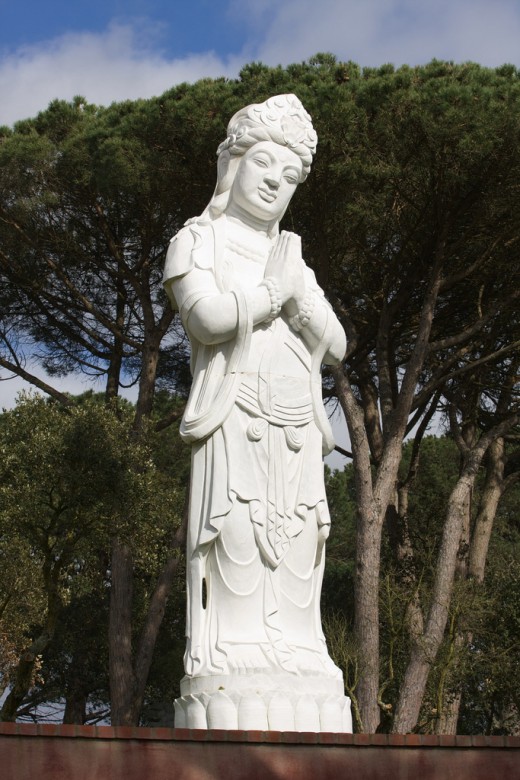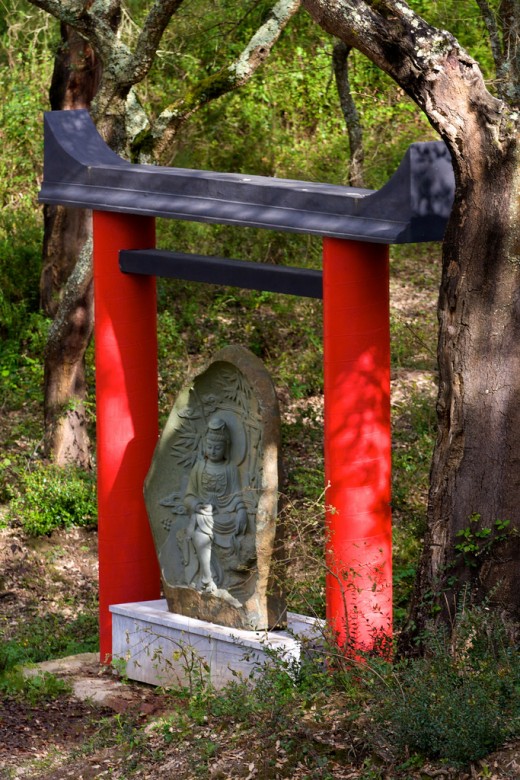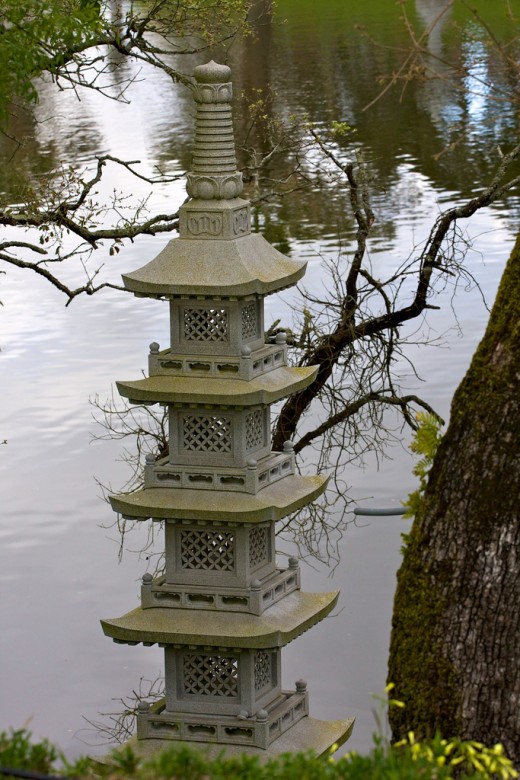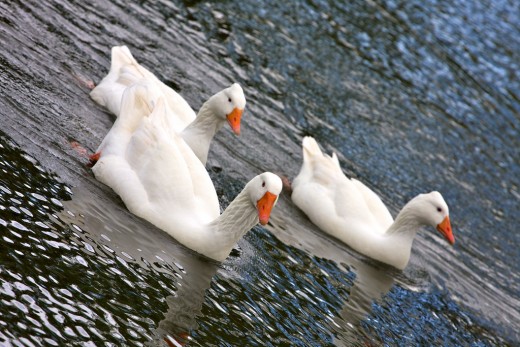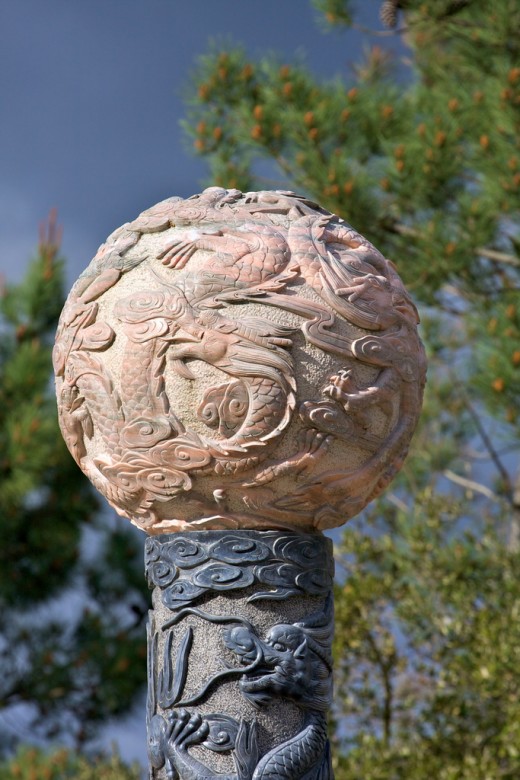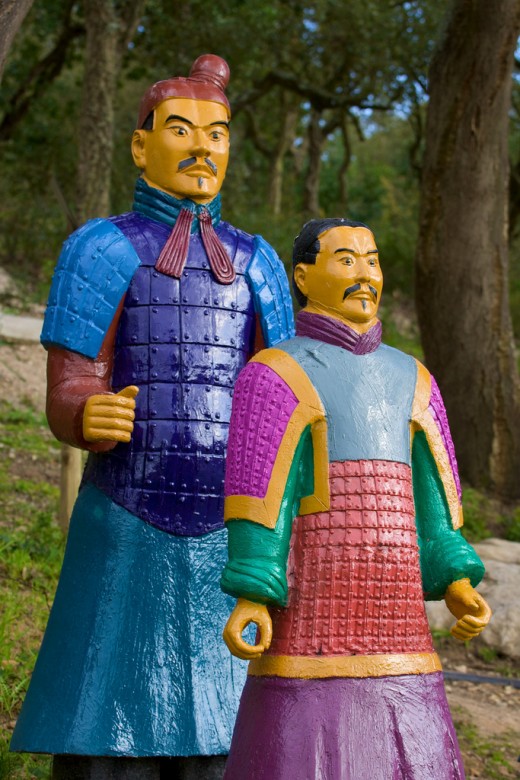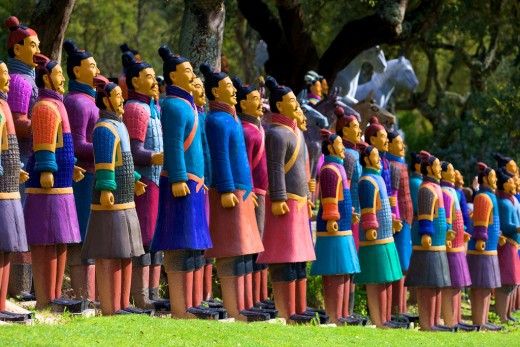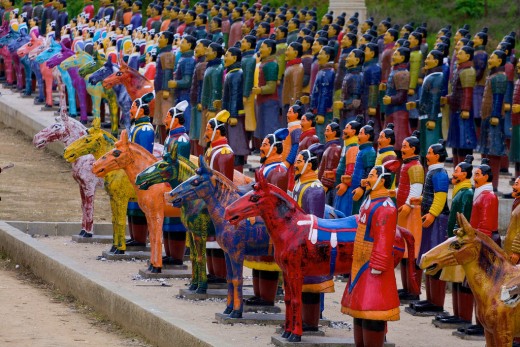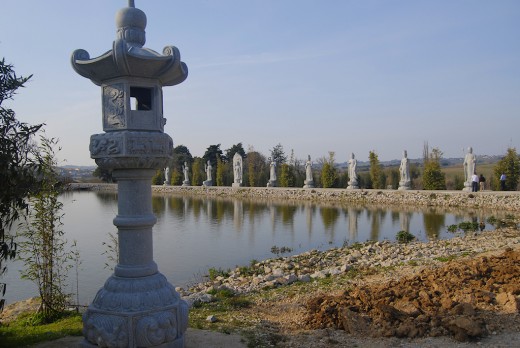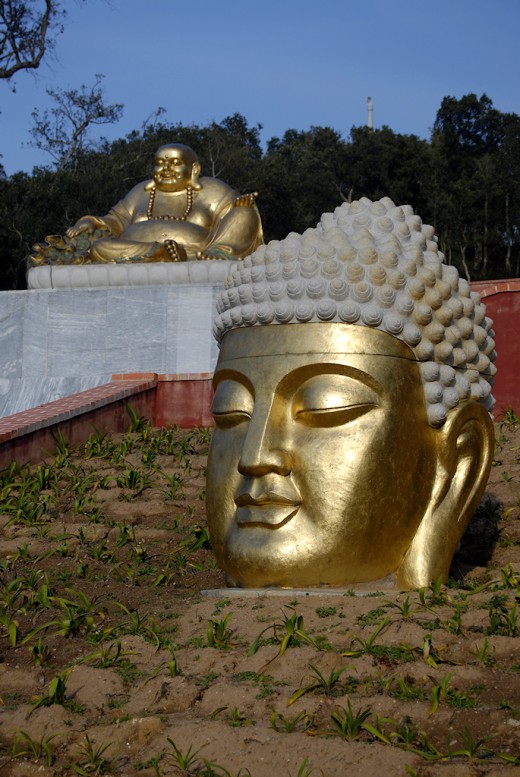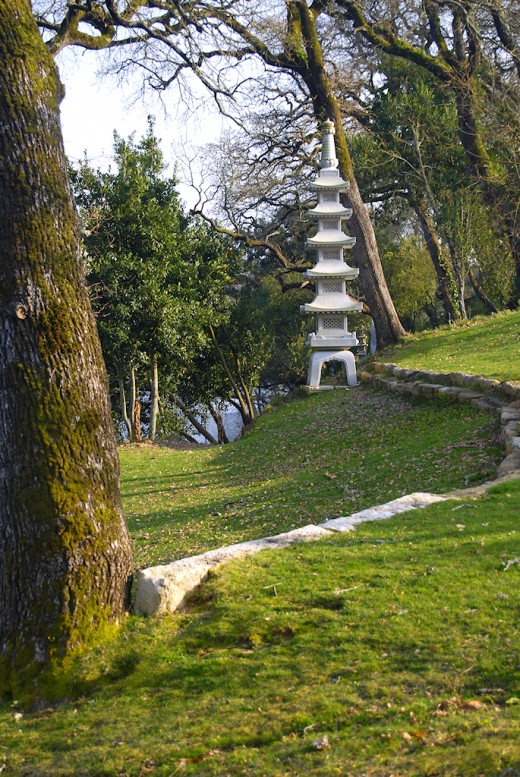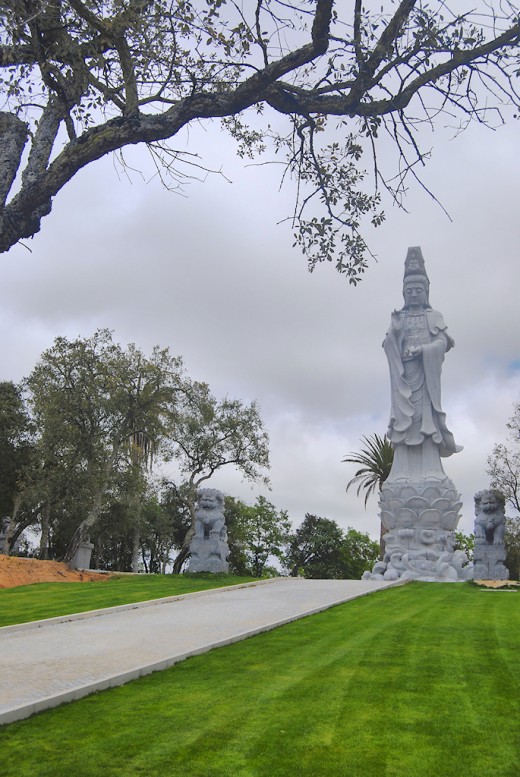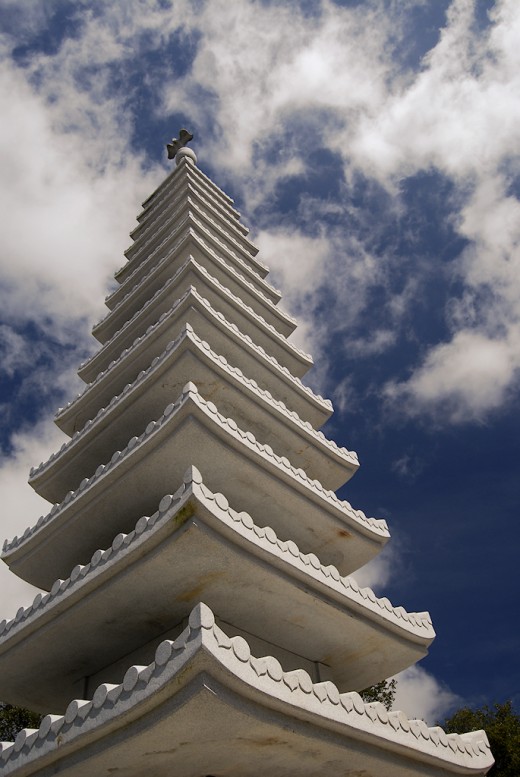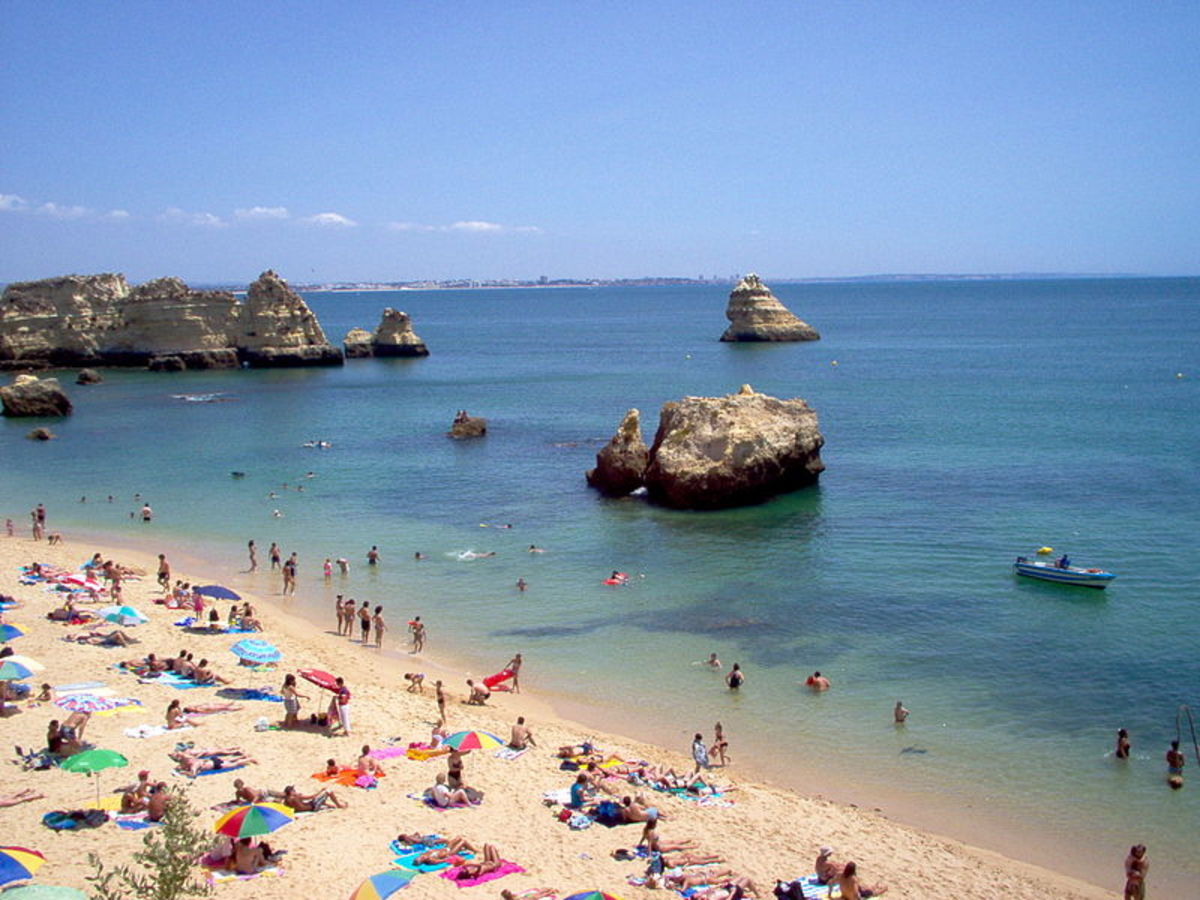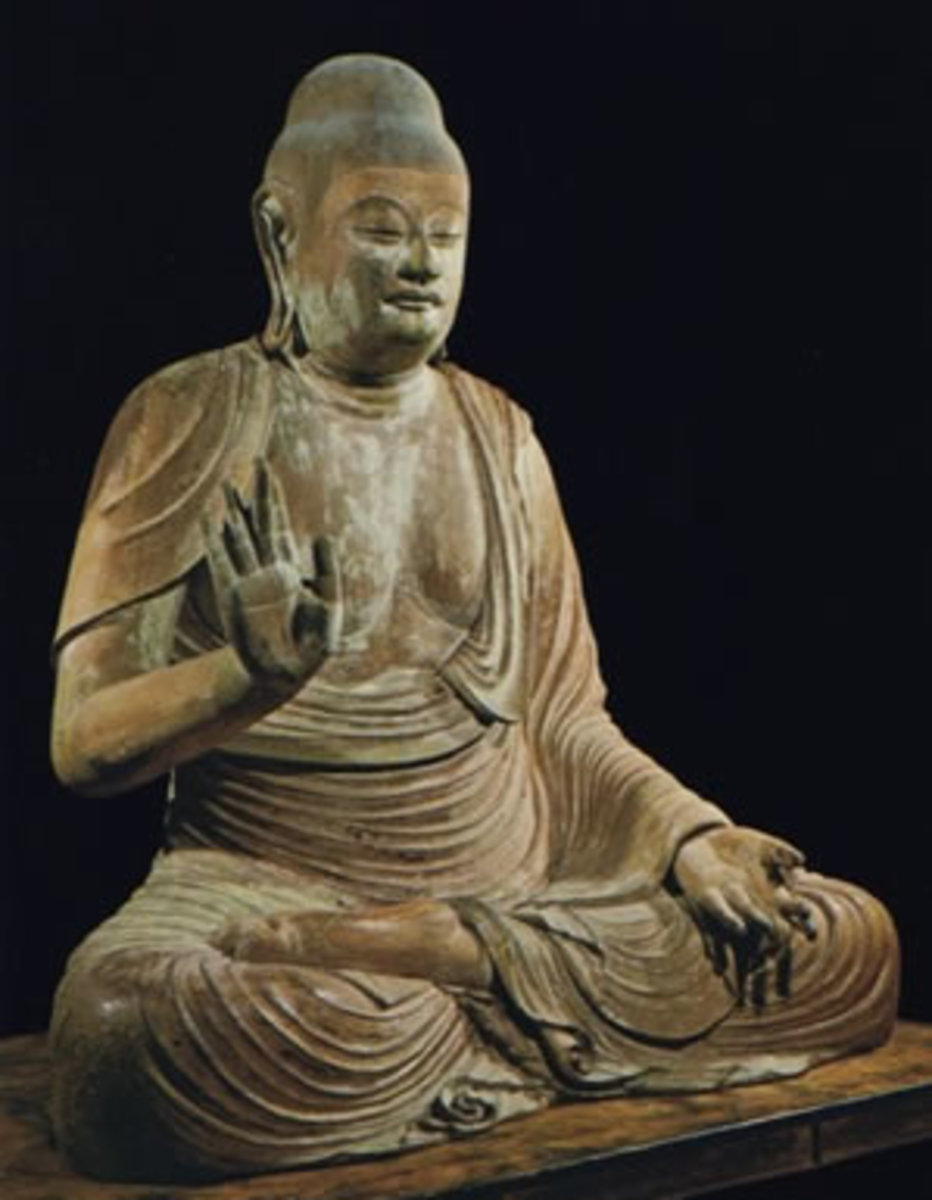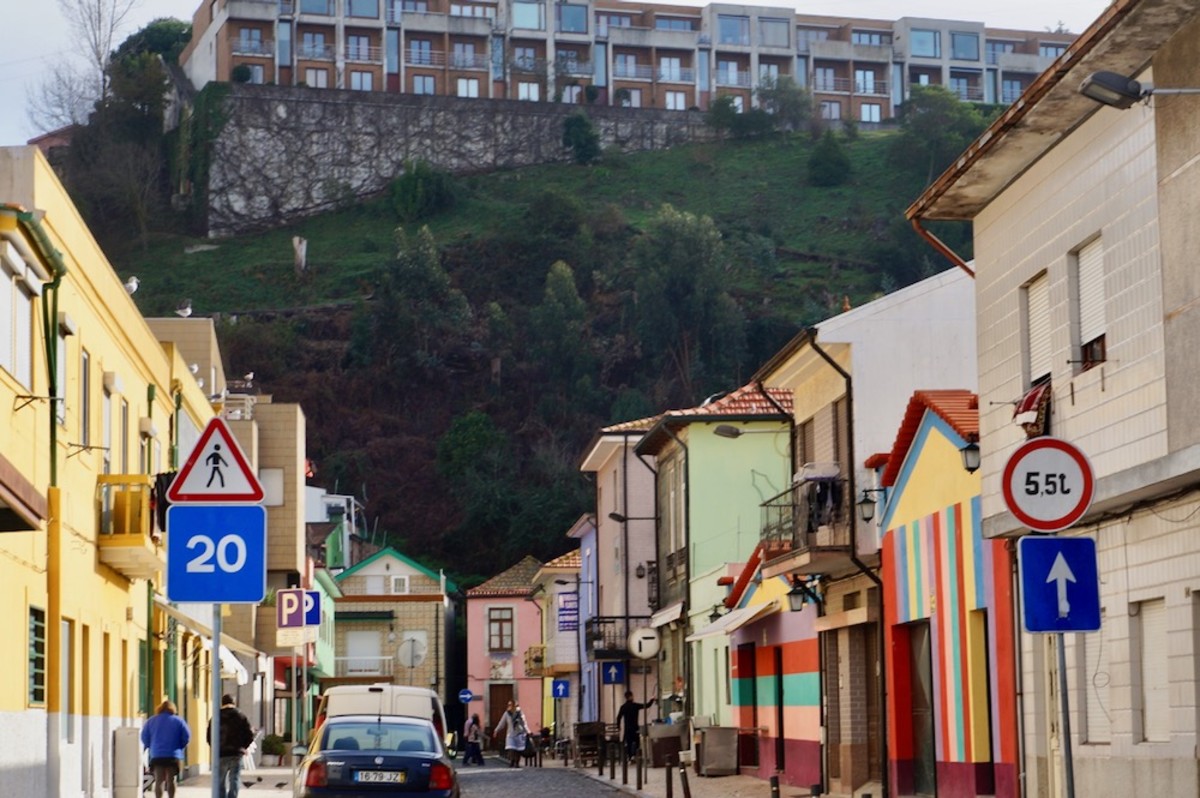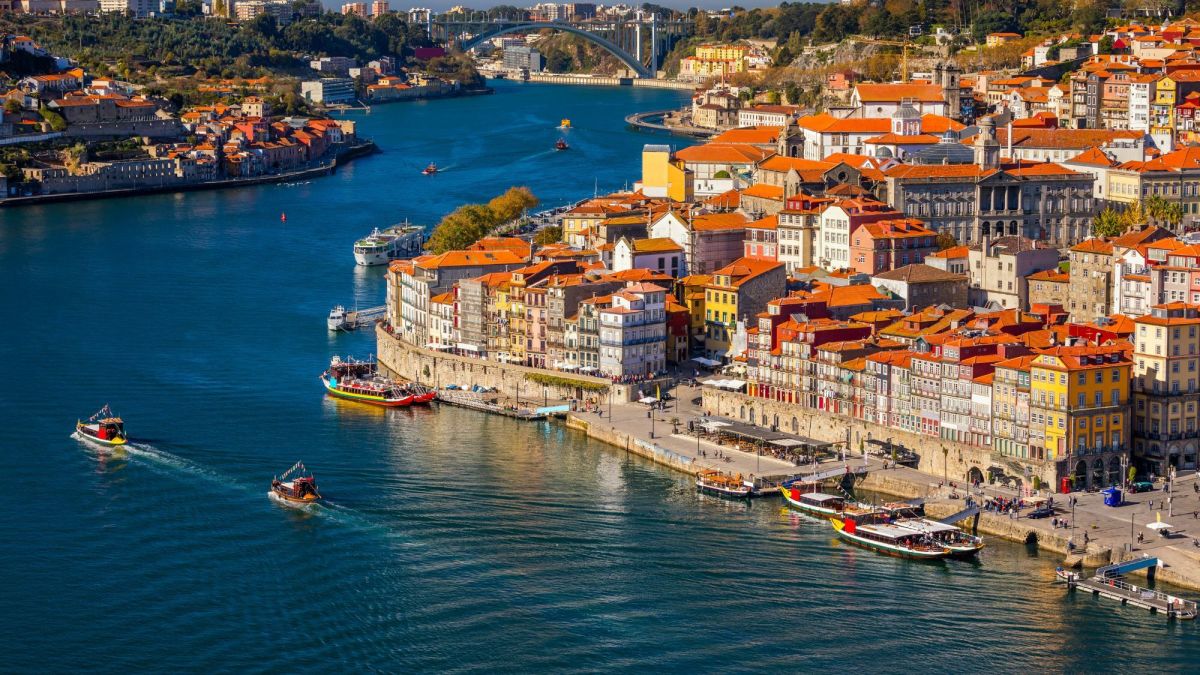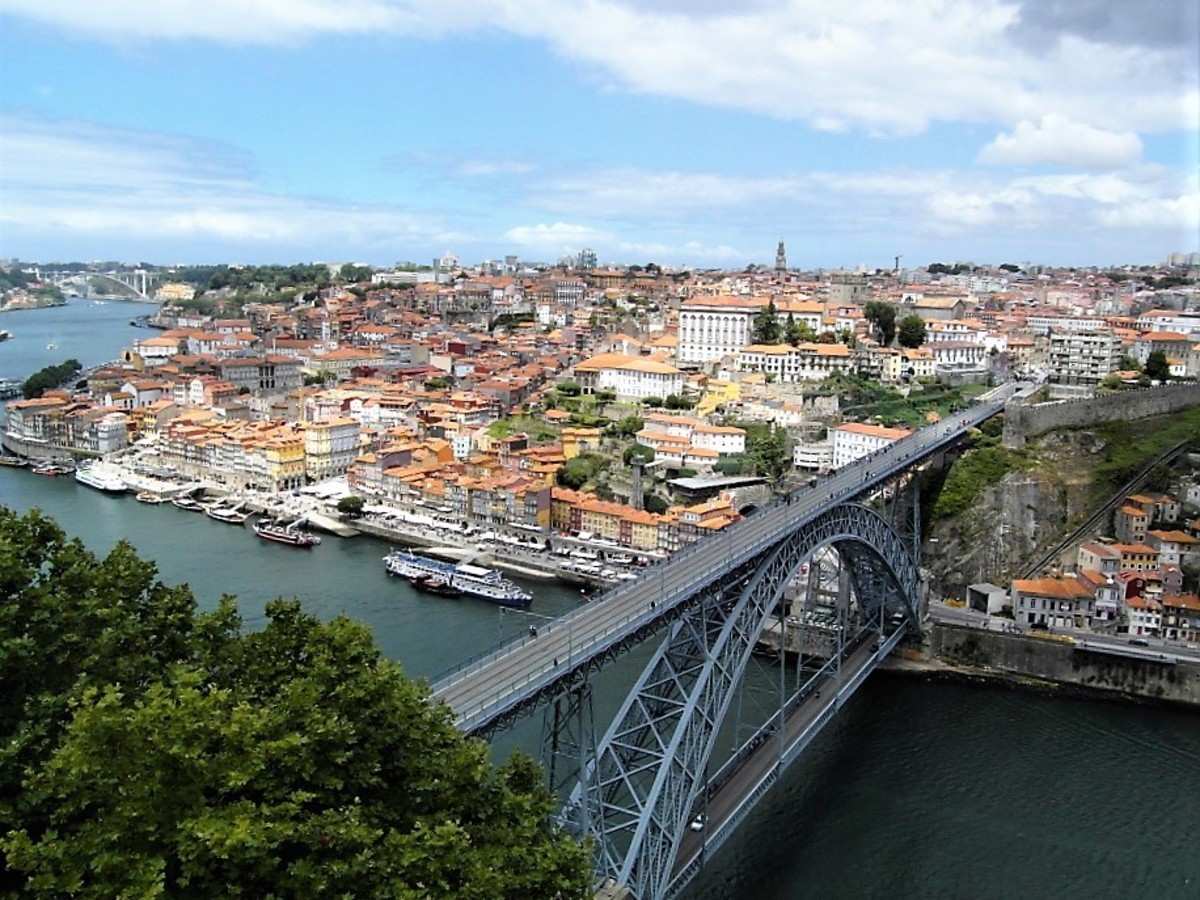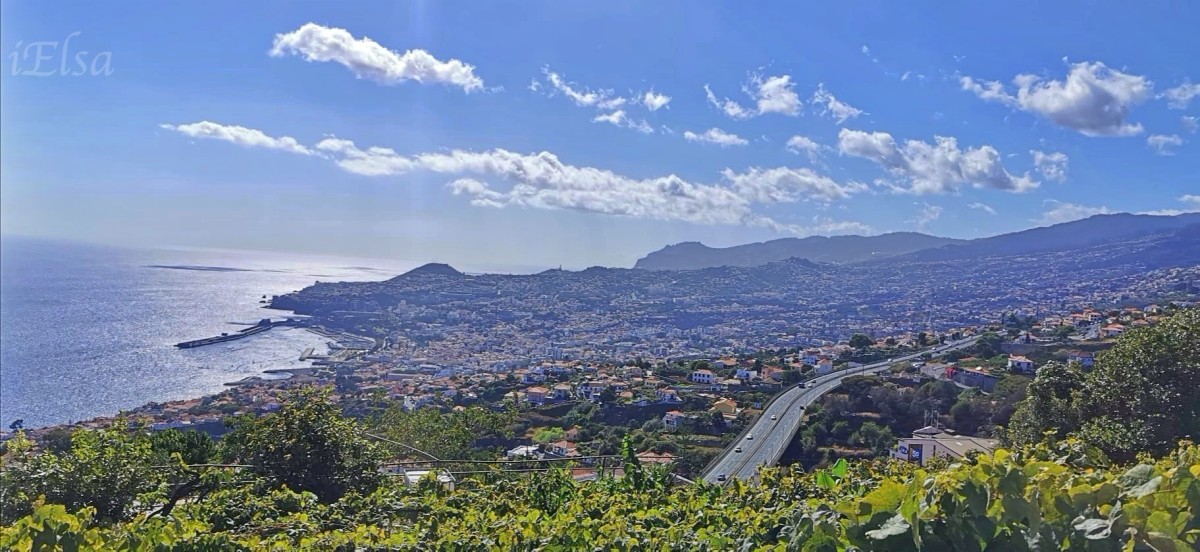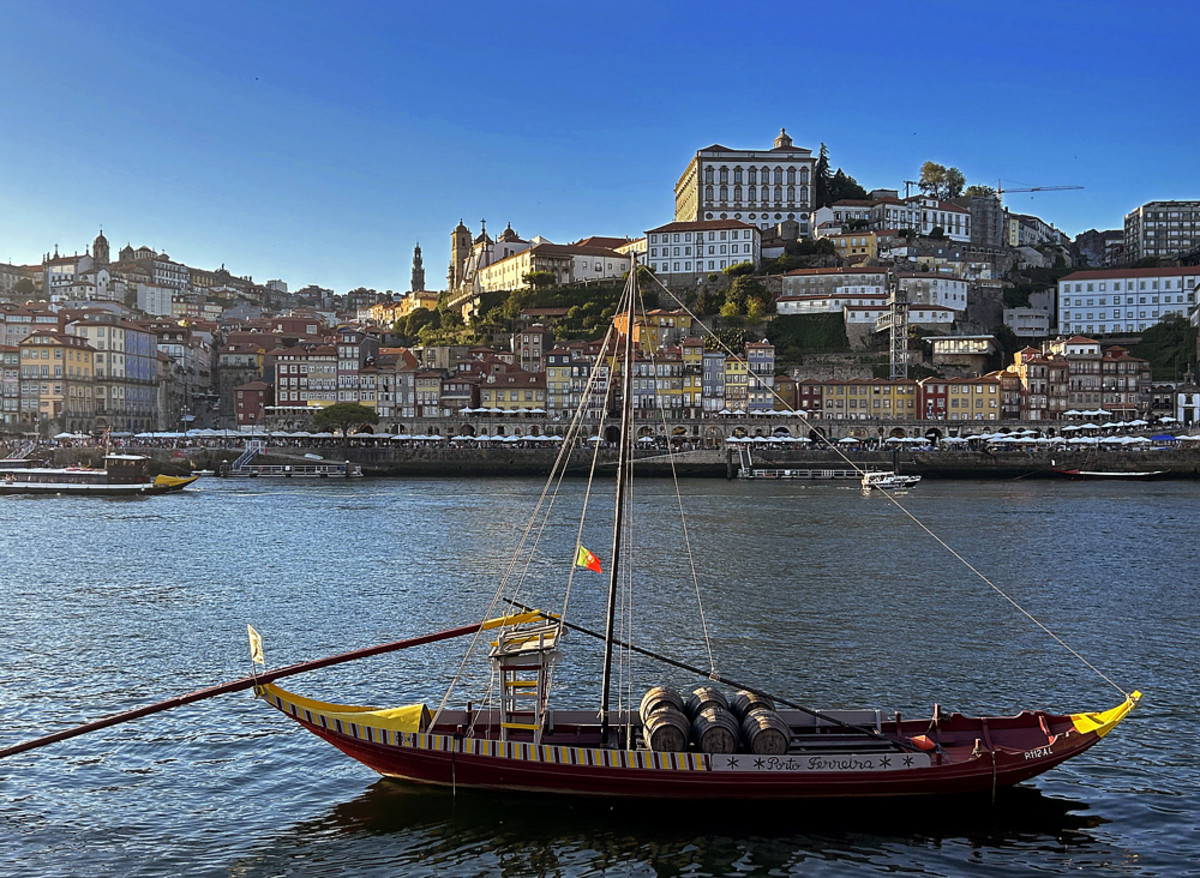Bamyan Buddhas and the Buddha Eden Garden in Portugal
A visit to the garden
About the founder
Joe Berardo (José Manuel Rodrigues Berardo) is a Portuguese business man, born in Madeira Islands in 1944. He worked hard to make his fortune (the second one in Portugal) after he emigrated to South Africa and nowadays he has interests and businesses all over the world.
He always loved art and invested on it. Now he has a lot of valuable collections and some of them can be visited online on The Berardo Collection site, where you can also read about his life and passions.
Because of his interest in arts and culture, he was shocked when in 2001, the Talian government destroyed the Giant Bamyan Buddhas. considering them "idols" what is forbidden under Sharia law.
Those Buddhas were sculpted in the rocks of the valley of Bamyan in central Afghanistan and they were always been a cultural and spiritual reference being considered World Heritage by UNESCO.
Comendador Berardo decided than to create an Oriental Garden in honor of the lost Buddhas, in a propriety he owns, called Quinta dos Loridos. This is a place where people can enjoy a peaceful and beautiful environment, where they can not only rest but also meditate about world and humanitary issues.That is also the reason why the Buddha Eden is also called Garden of Peace.
"This is a non-profit cultural institution in the service of the national and international community, whose mission is to sensitize the visitor to self-consciousness through this garden in dialogue with a vast sculptural heritage, predisposed for meditation and the promotion of social and cultural interaction, as the principles of solidarity and human dignity"
A Photo gallery
Click thumbnail to view full-size















Links about Budda Eden Garden
- Buddha Eden – Garden of Peace
Who would have guessed? Just an hour north of Lisbon, in the countryside, is a beautiful managed garden intended as “a place for reconciliation.” Buddha... - Buddha Eden - Quinta dos Loridos Photo Gallery by Dias dos Reis at pbase.com
Very nice photos of the Garden of Peace - Buddha Eden Garden in the Loridos Farm Photo | TrekEarth
This photo from the TrekEarth travel gallery is titled 'Buddha Eden Garden in the Loridos Farm Photo'.
About the Bamiyan Buddhas
The rock-cut Buddha sculptures in the Bamiyan Valley of central Afghanistan dating from 6th-7th century were considered the largest in the world and classified as world cultural heritage by Unesco.
Bamiyan was an important location on the Silk Route, ancient trade routes that connected the East to the West. Many of the ancient missionaries and merchants that crossed the region were practitioners of the Buddhist faith and we can still find nearly 1000 Buddhist caves carved along the cliff face, against which the two monumental Buddha images were carved.
The two large Buddha images were influenced by the art and cultures of India, Central Asia and even ancient Greek culture. The earliest reference is an insightful description by Xuanzang (c. 602–664), a Chinese Buddhist monk, scholar and traveller.
It seems that both images were covered in pigments of various hues so that they appeared to be made of metal and other materials. The monumental Buddhas’ faces were constructed of masks made of wood covered by a thin layer of brass.
Mullah Omar ordered Taliban forces to demolish the Bamiyan Buddhas in 2001 and only outlines of the figures and a few details remain.
This act was due to the extreme iconoclastic campaign claiming that destroying the Buddha sculptures was an Islamic act as Bamiyan had become predominantly Muslim. It was also an action against western interest to protecting the images while bringing humanitarian aid in the region.
Links about the Bamian Buddha Statues
- The Death of the Buddhas of Bamiyan | Middle East Institute
The 2001 destruction of the two giant Buddhas in Bamiyan is, by far, the most spectacular attack against the historical and cultural heritage of Afghanistan committed during the country’s recent period of turmoil. - Earliest Oil Paintings Found in Famed Afghan Caves
Buddhists were using sophisticated oil and resin paints at least a hundred years before Europeans, a new analysis of the Bamiyan caves reveals. - Cultural Landscape and Archaeological Remains of the Bamiyan Valley - UNESCO World Heritage Centre
UNESCO World Heritage Centre - The cave dwellers of Bamiyan - BBC News
Ayoub Arwin and Daud Qarizadah report on the people who live inside the Bamiyan Buddha caves because they cannot afford their own homes. - Disputes damage hopes of rebuilding Afghanistan’s Bamiyan Buddhas | World news | The Guardian
Plans are afoot to restore giant Buddhist symbols destroyed by the Taliban, but experts cannot agree on best way forward

